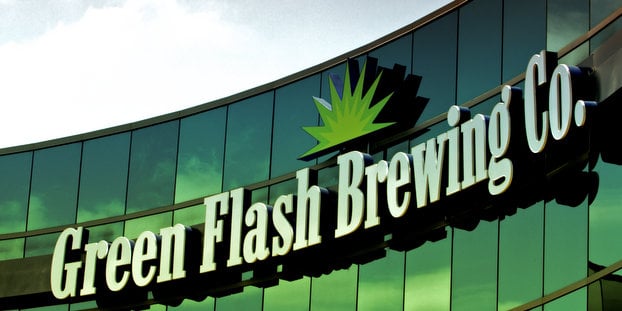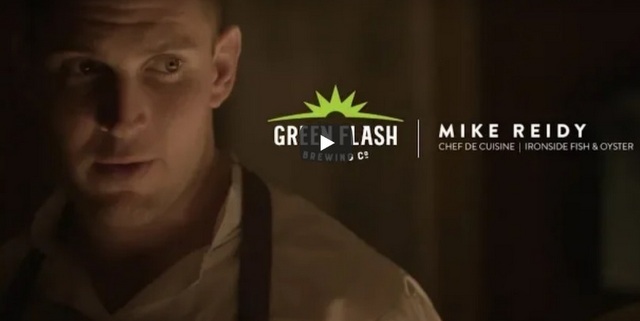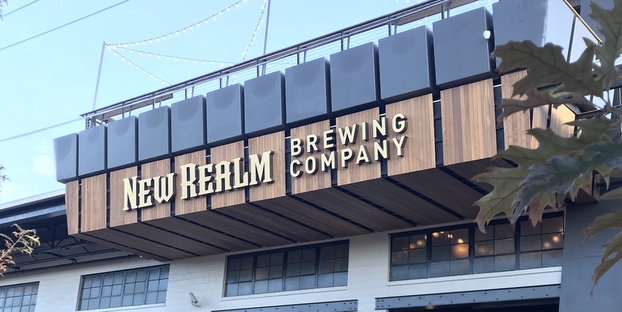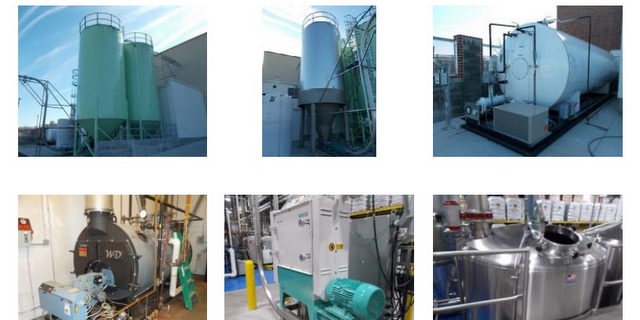Breaking news: Effective immediately, Green Flash is cutting back on its distribution footprint, pulling out of 33 states (about 18 percent of its wholesale business). As a result, close to 15 percent of its workforce was let go. Big-time bummer for sure. The company says it will be focusing its sales and marketing efforts on its core U.S. regions with the most efficient access to its San Diego and Virginia Beach breweries.
“Re-focusing our distribution was a difficult decision that we did not arrive at lightly,” said Chris Ross, president. “We are grateful to our friends working at the distributors and retailers that made it possible for our fans to enjoy Green Flash beer over the years.”
The new plan
Beer brewed and packaged in San Diego will ship to Arizona, California, Colorado, Hawaii, Nebraska, Nevada, Texas, and Utah. Beer brewed and packaged in Virginia Beach will ship to Delaware, Maryland, New Jersey, New York, North Carolina, Ohio, Pennsylvania, Tennessee and Virginia. These East Coast states have collectively become the fastest growing Green Flash regions, the company said, benefiting greatly from the Virginia Beach brewery’s first full year of production in 2017.
The Green Flash Brewhouse and Eatery in Lincoln, Neb., will open as scheduled in the first quarter of 2018 and will brew beer serving the state of Nebraska. The company believes a more focused geographic footprint will “accelerate sales velocity, increase inventory turnover, and result in more than 90% of all shipped Green Flash and Alpine beer arriving the same day that it is shipped.”
No employees working in Green Flash’s tasting rooms and no Alpine Beer Co. employees were impacted. Our PR contact Natalie McCain was one of the unfortunate cuts though, and she is awesome. Any breweries out there looking for a marketing/communications manager should find her on LinkedIn.
“We are sorry to lose these valued team members. They are all talented and passionate individuals who have contributed to Green Flash,” shared CEO Mike Hinkley.
The timing caught us off guard, but we could tell the company was starting to refocus its nationwide roll out based on its 2018 plans. And given the intense competition in the industry today, it’s not a shock that some breweries that were shooting for nationwide distribution are having to rethink that plan. Anyway, here’s what Mike Hinkley told us in December about its 2018 strategy:
The focus on core beers feels like a change of pace, not just for you but for the craft beer market, where new beers are constantly rotating in and out. Is this your direction because you want to establish those core brands more in new markets, where they will have that new feel anyway?
We have to continue build on the core business. We will also continue to create and experiment and come up with new beers. On any given day we have about 30 different, non-core beers pouring in our tasting rooms. The best of those end up on rotating draft handles. Starting this year we are organizing that effort in the form of a seasonal draft-only program. And the best of those may eventually become part of the core.
What are the considerations that go into a “reduce the SKU” plan that you are executing? Just too many beers for not enough pay off? Not enough time/capacity to devote?
We are a small brewery, compared to many, and we have limited resources. To be successful we have to devote our focus to a finite number of beers in the marketplace. That number is growing a little smaller as we introduce a coordinated seasonal program for the first time in years.
All of this makes sense. Are today’s announcements just considered a 2018 plan that could completely change in 2019, or is this the new operating philosophy in terms of number of offerings and distribution focus?
The operating philosophy continues to evolve over the years. The 2018 product changes reflect that. In 2019, as things continue to evolve, so will our product line, with new and exciting experiences for our customers.
Oh, and what’s up with cutting bombers?
In an effort to reduce the number of products that our brewers, sales team, distributors and retailers have to manage, we chose to eliminate 22-ounce bottles altogether. Bombers used to be the best way for consumers to try new beers, and there is still a place for them on the shelf. But now, there are many more options that are available to consumers, especially the surge of cans. Consumers are choosing bombers less and less in favor of the other packages.






John Wanner says
I miss bombers.
Angelo J. Gillono says
Ohio is safe!